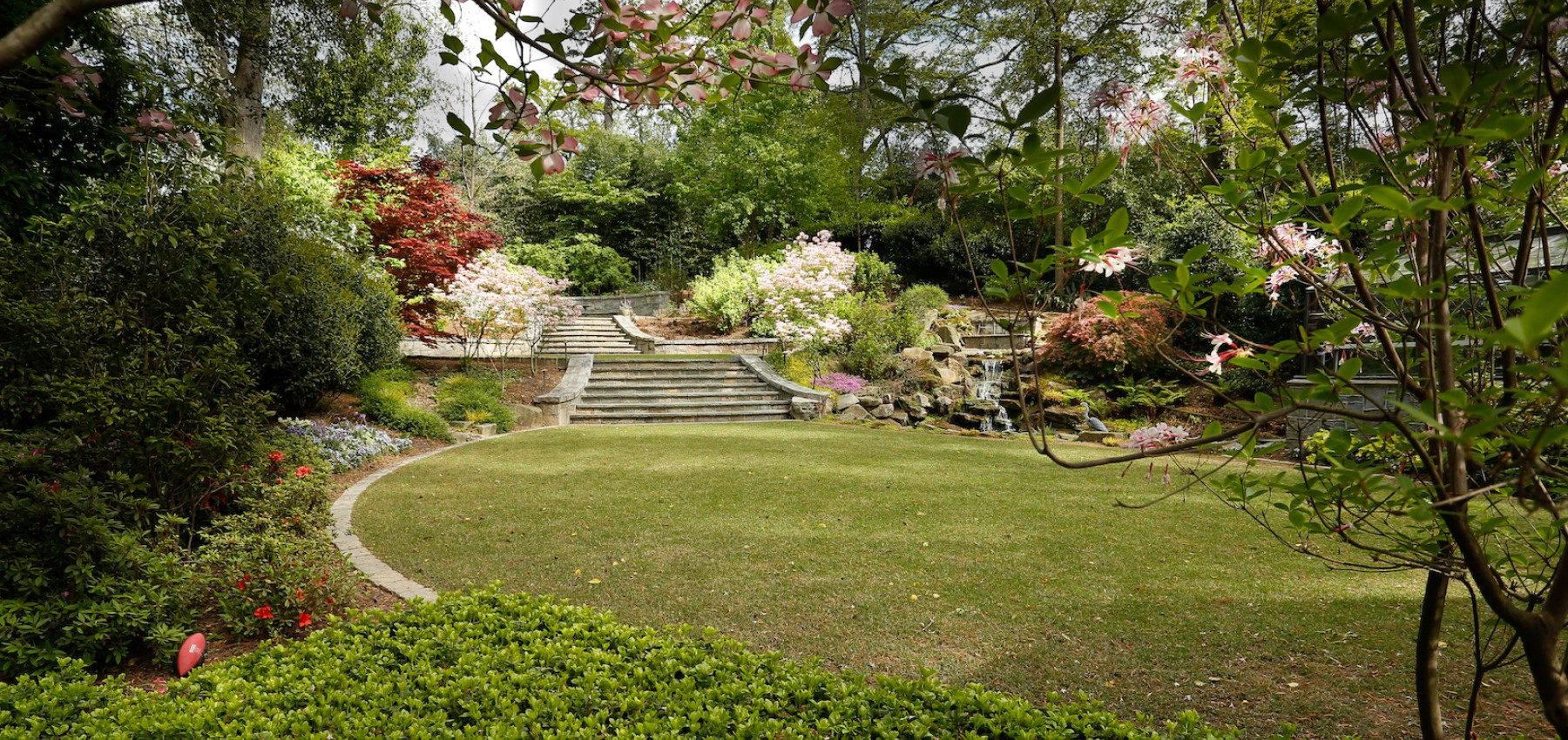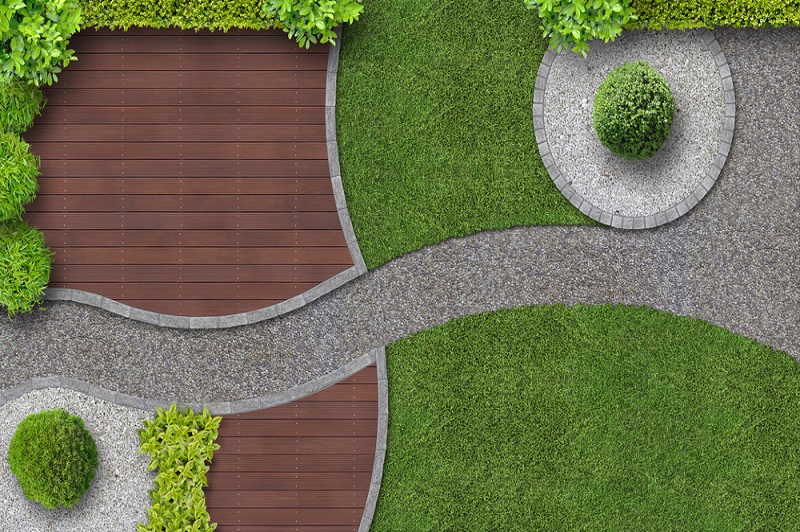3 Simple Techniques For Landscapers
3 Simple Techniques For Landscapers
Blog Article
Getting The Landscapers To Work
Table of ContentsLandscapers - The FactsThings about LandscapersIndicators on Landscapers You Need To KnowFascination About LandscapersThe Best Strategy To Use For LandscapersFascination About Landscapers
- A garden feature where water is stood for by an accumulated rock item, usually a gravel or granite. These are most commonly discovered in contemporary and Japanese yard style.- A stone or flagstone outdoor patio, course, or walkway built without a concrete base. The base would be compressed crushed rock and the joints would be an aggregate or walkable ground cover. - A rock preserving or free standing wall developed without making use of mortar. A highly knowledgeable mason is needed for a completely dry pile rock wall surface. Many wall surfaces in Rose city are moist piled, even if they seem. - A below ground framework that accumulate water and allows it to reduce percolate right into the dirt around it.
Landscape style that is suitable with a sites' setting in both appearance and sustainability without unfavorable effects to the setting. Bordering in the landscape is a line of demarcation that creates visual rate of interest in the yard by separating one segment from one more section.
Locations can also have a sensation of "enclosure" offered by trees, various other growings, fences, or displays. The landscape near the entrance to a structure.
The Landscapers Ideas

The aspect in a landscape design or location in a landscape that is suggested to be most prominent. The focal factor can be a plant, stone, sculpture, gathering room, or other landscape attribute.

10 Easy Facts About Landscapers Described
Low plants that are allowed or motivated to spread out over a location. Can refer to any "tough" garden components including statuary or stones however the majority of commonly is used to refer to courses, patio areas, and walls - Landscapers.: Height difference between the level of water in a fish pond (or the degree of the pump if it rests outside the pond) and the upper electrical outlet of water which influences efficiency of the water pump in gph (gallons per hour).
A chemical utilized to control weeds. Fence boards that run horizontally, often utilized in modern or Japanese-inspired landscape designs. Lines that specify areas within a landscape idea. These typically expand from edges or key functions of an existing framework. Appropriate use fictional lines can assist the landscape really feel linked to the home and various other elements.
A more loosened up garden controlled by bent instead of straight bed lines and a less inflexible structure. Traditional PNW landscapes are informal. A official site plant that spreads out even more than wanted, or right into habitats where it does damages. Rose city has a checklist of intrusive plants that need to not be installed in landscapes due to the fact that visit homepage they can infect forests or waterways and be hard to control.
Some Known Factual Statements About Landscapers
Smart irrigation controller evaluations and referrals below. 2-D rendering of the suggested irrigation system. Can include head positionings and protection, pipe sizing, GPM specifications, and materials needed to install this system. An irrigation plan is usually unneeded for homes yet prevails for commercial tasks. Licensed professional who develops landscapes, coached in design and style along with in cultivation.
Landscape developers commonly have much less schooling than Landscape Architects and are not accredited. A finished landscape style, detailing all components for the brand-new landscape.
Utilizing numerous plantings of the very same selection to fill in an area in the landscape. This can reduce upkeep and water use in the garden.
A mix of concrete, sand, and water that is utilized Visit This Link in stone masonry for establishing rocks and joints. A layer of garden compost or bark dust used at the base of a plant. A mass growing of moss. A plant that was present in a geographic location before individuals started transforming the landscape.
Landscapers Can Be Fun For Everyone
How the yard or a yard aspect is organized in connection to an existing or brand-new function or to an instructions. Turfs that are not trimmed yet grown in landscapes as perennials.

Tiny round crushed rock. Plants that give seasonal interest and afterwards pass away back in the wintertime. Annuals do not come back the following season, yet perennials do. Winter turf that is the most common turf lawn in Portland, OR et cetera of the PNW.An open roofed structure over a patio area or other landscape feature.
Lava aggregate ranging in size from 1/4" down to dust. The most common landscape gravel in the PNW. Location of the landscape designed to deal with rain water up until it can soak into the ground. A chain that manages water as it travels from a roof gutter to the ground. Yard framework that develops a growing area that is included and more than the bordering quality.
Structure made from timber, concrete, leading rocks, blocks or various other products for maintaining inclines and avoiding excessive disintegration. Slim gutter. Producing a garden function consisting primarily of rocks with growings that match and can thrive in the rough setting. Sprinkler head design that turns a stream of water across a location.
Some Known Questions About Landscapers.

Report this page